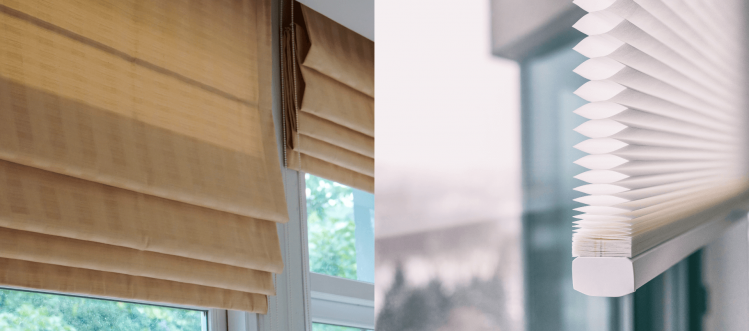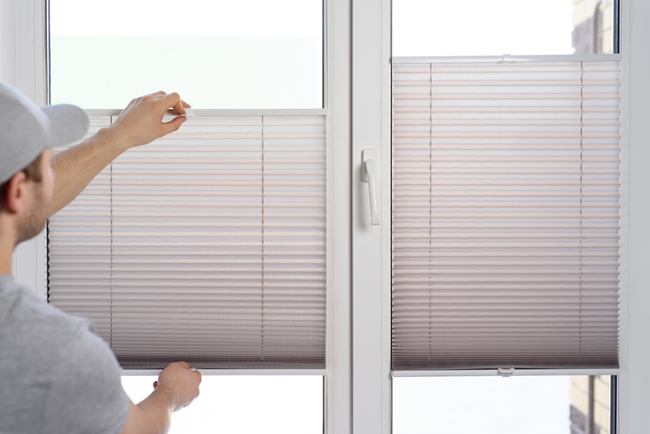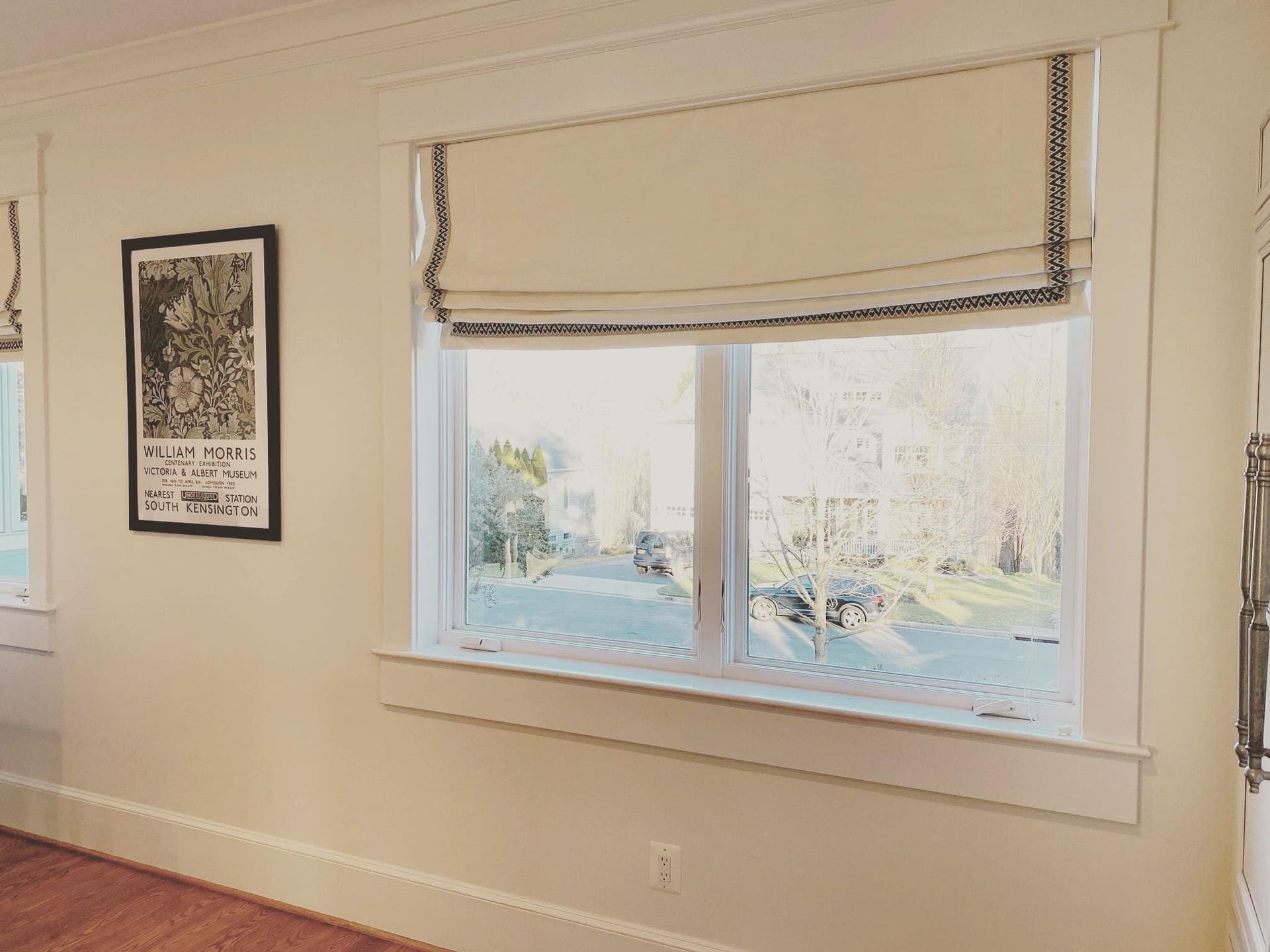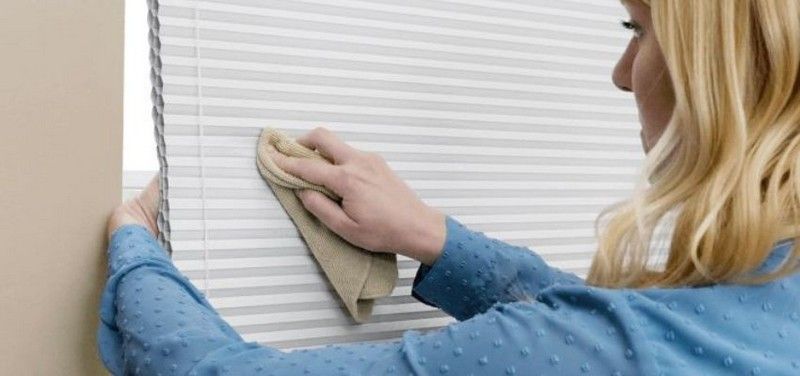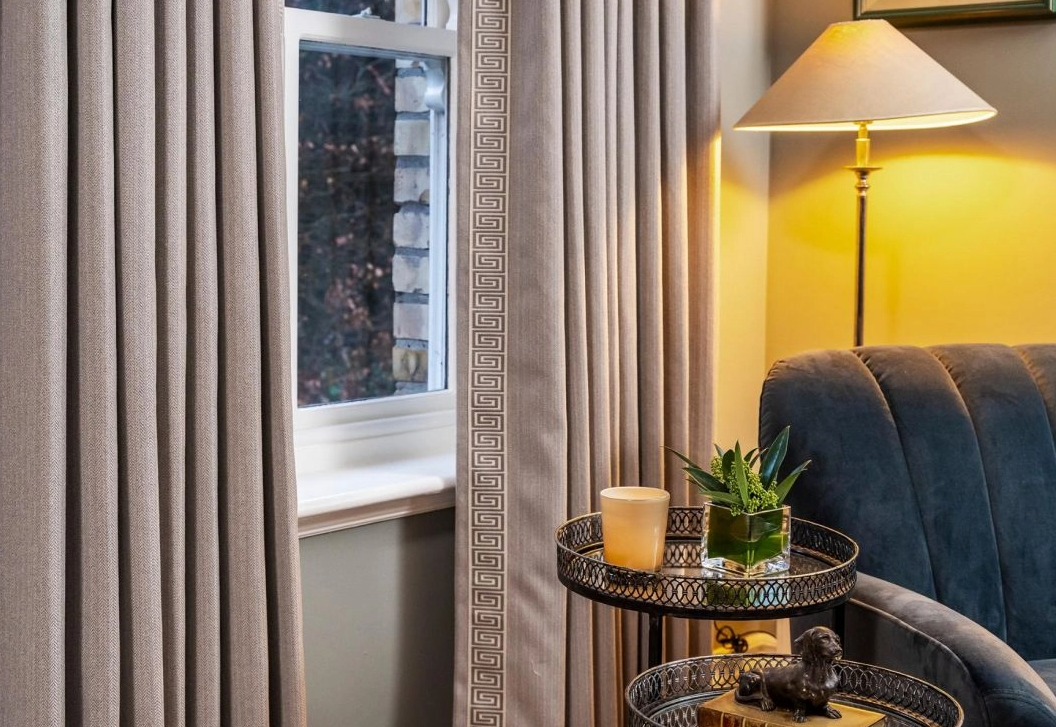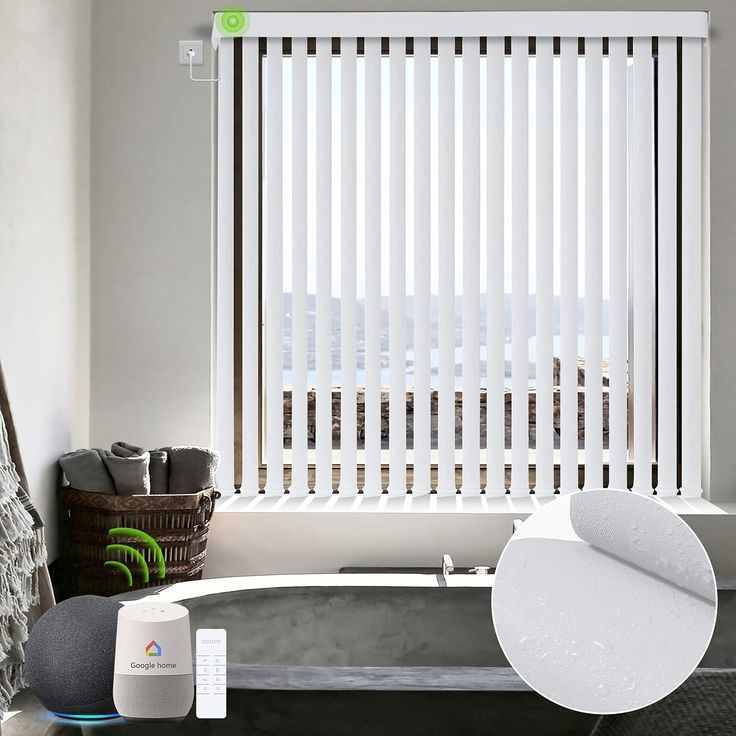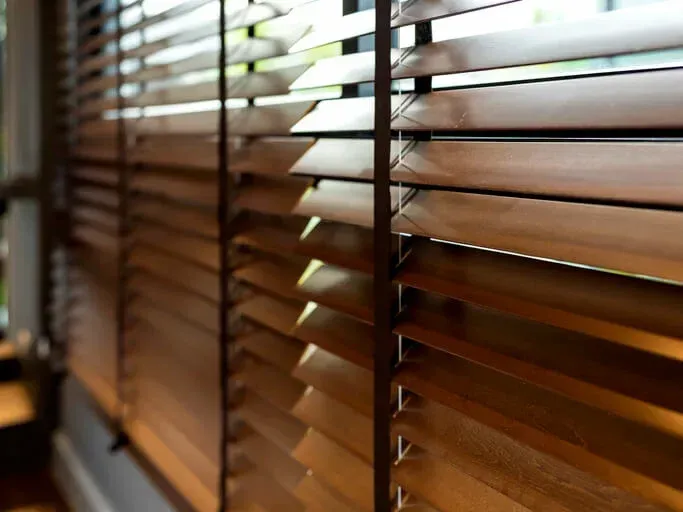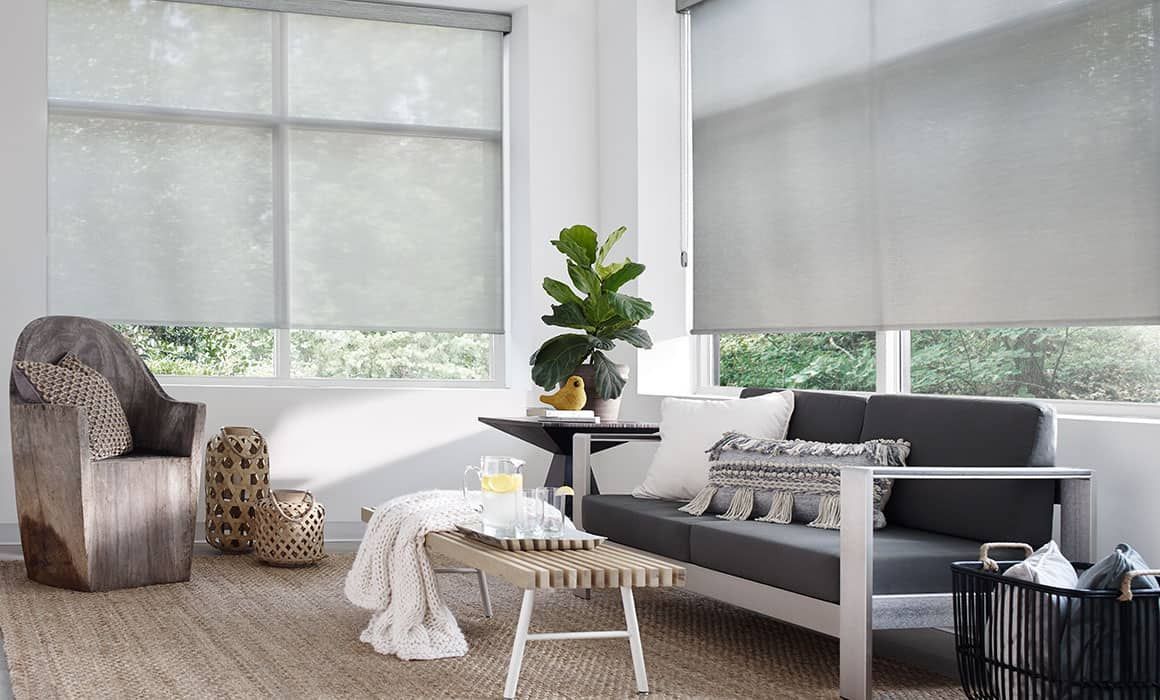What Are the Best Window Treatments for Extreme Climates?
Extreme climates pose unique challenges for homeowners and businesses, making it crucial to select window treatments that balance aesthetics, durability, and functionality. Whether you're combating the blazing heat of summer or the icy chill of winter, the right window coverings can drastically improve energy efficiency, comfort, and overall cost savings.
Why Are Window Treatments Crucial for Extreme Climates?
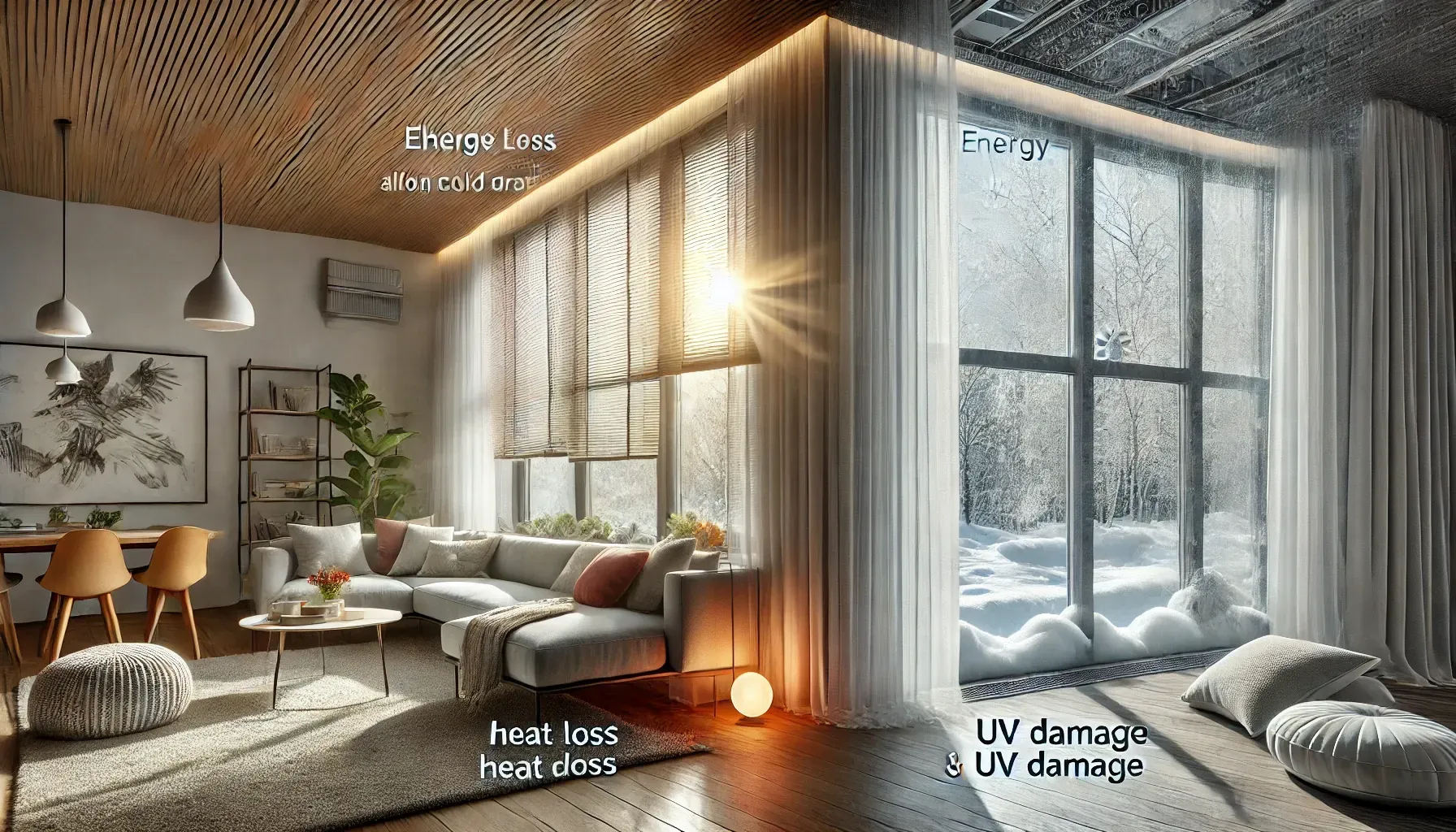
Window treatments are more than decorative elements; they are essential tools for controlling indoor temperatures and protecting interiors from harsh weather conditions. In extreme climates, untreated windows can account for up to 30% of heat loss or gain, leading to skyrocketing energy bills and uncomfortable living spaces. By investing in Energy-Efficient Window Treatments, you can create a more sustainable and comfortable environment while safeguarding against UV damage, heat transfer, and cold drafts.
Best Window Coverings for Extreme Weather
1. Cellular Shades for Insulation
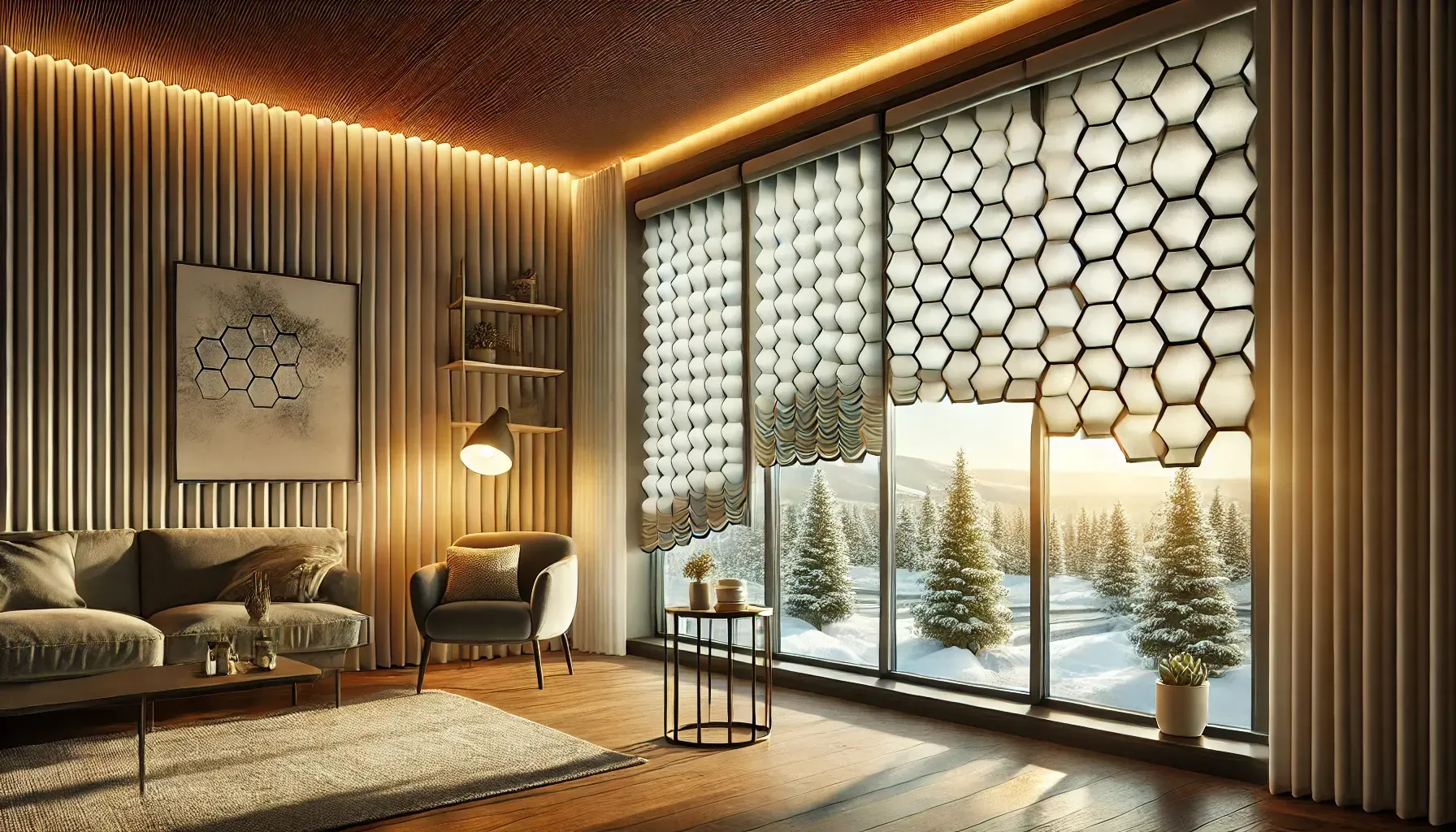
Cellular shades, also known as honeycomb shades, are among the most effective window treatments for extreme climates. Their unique design traps air in honeycomb-like cells, creating an insulating barrier between your indoor space and the outside elements.
- Why They Work: Cellular shades reduce heat transfer in the summer and prevent heat loss during winter. They can improve a window's insulation factor (R-value) significantly.
- Ideal For: Homes in regions with drastic seasonal temperature changes.
- Pro Tip: Look for double or triple-cell shades for maximum energy efficiency.
2. Thermal Curtains for Extreme Heat
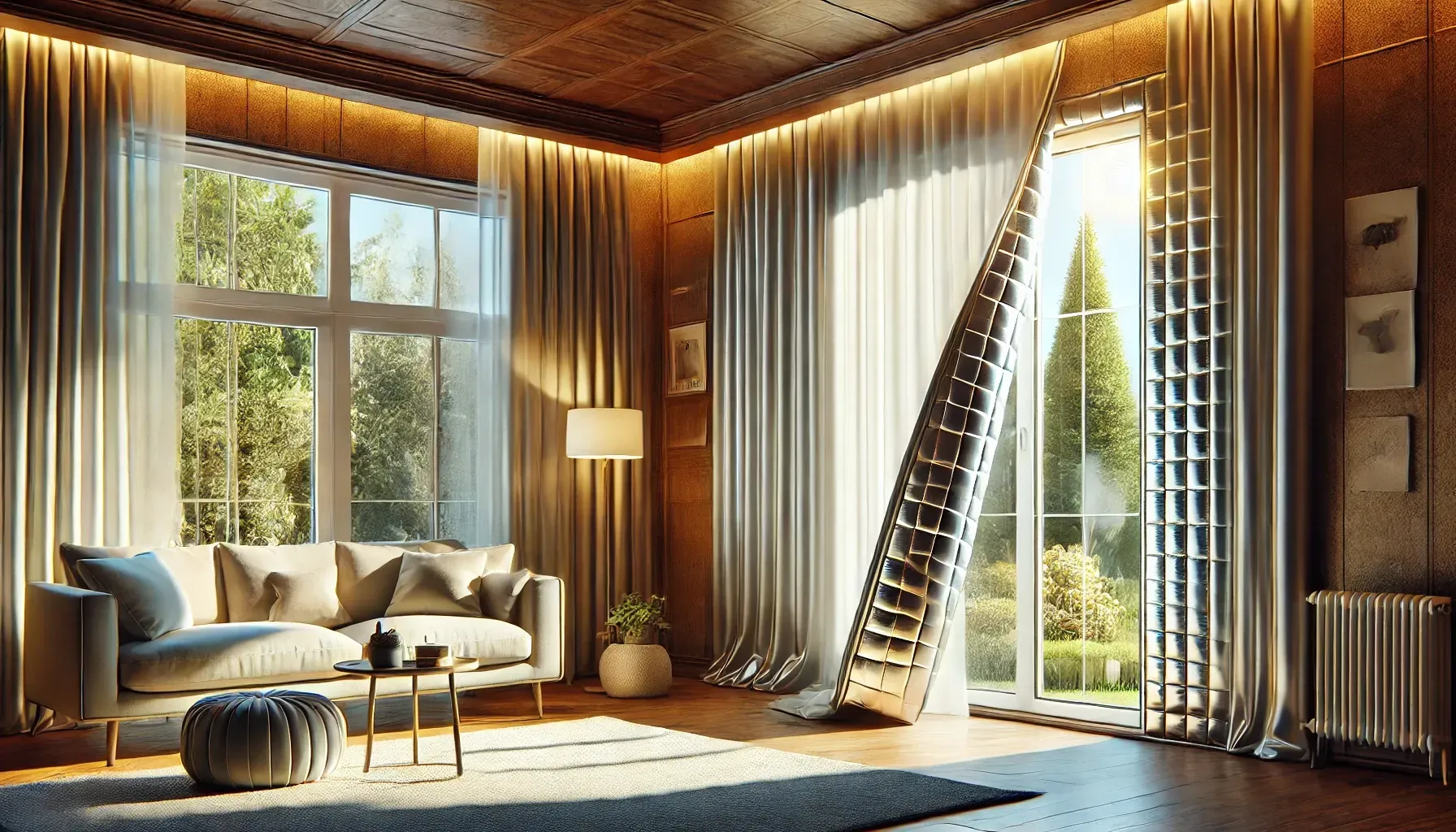
Thermal curtains are crafted with layers of insulating material to block heat during summer and retain warmth during winter.
- Why They Work: They reduce heat exchange through windows, keeping interiors cooler in hot weather and warmer in cold conditions.
- Ideal For: Hot climates where air conditioning costs are high.
- Pro Tip: Choose curtains with a reflective backing to deflect sunlight effectively.
3. Reflective Blinds for Summer

Reflective blinds, often made from aluminum or other reflective materials, are excellent for deflecting sunlight and reducing indoor temperatures.
- Why They Work: These blinds prevent solar heat gain by reflecting sunlight away from windows.
- Ideal For: Homes and offices in regions with intense summer heat.
- Pro Tip: Pair reflective blinds with UV-blocking window films for enhanced performance.
4. Heavy Drapes for Winter Insulation
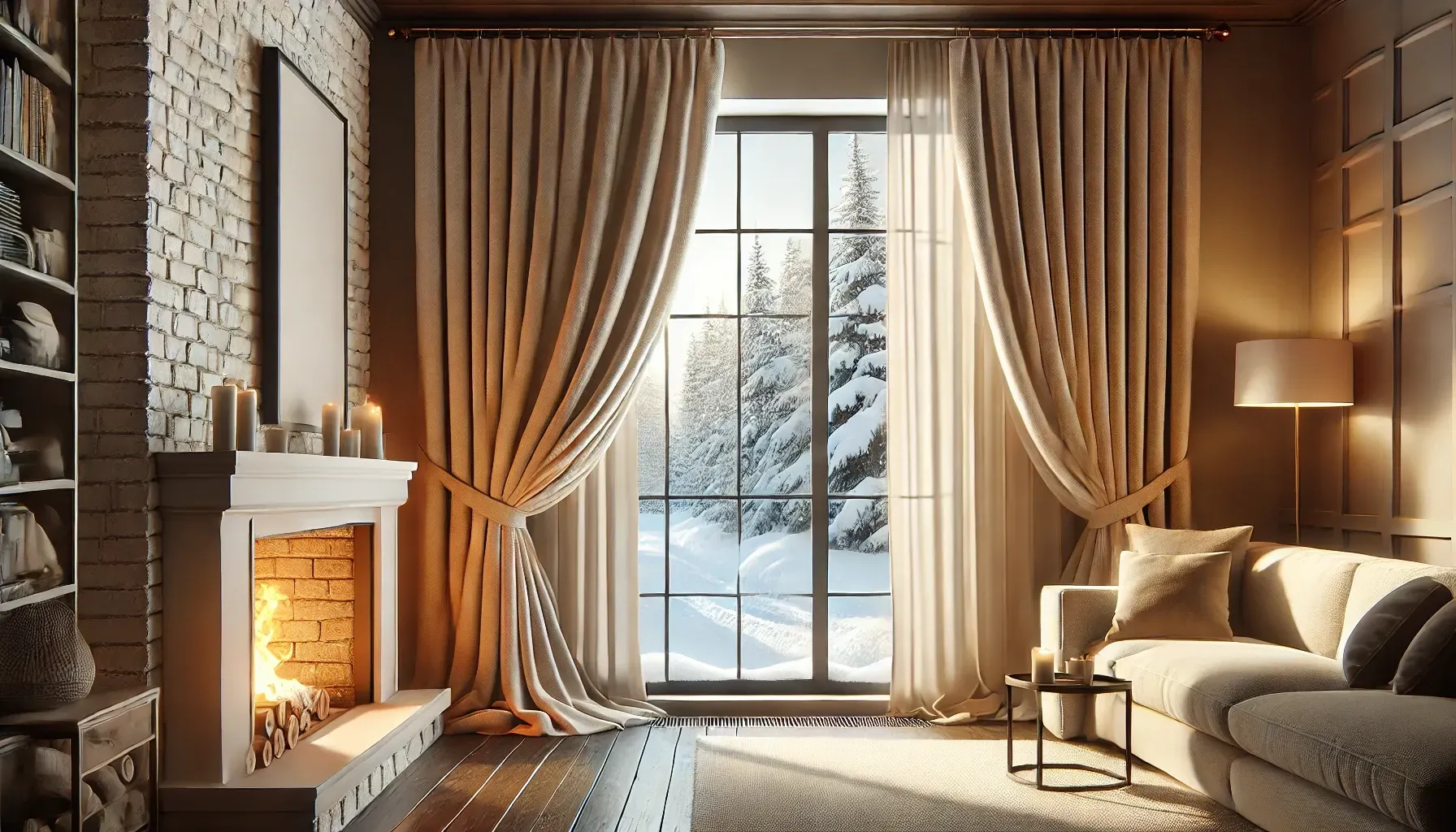
Thick, insulated drapes are perfect for retaining indoor warmth during the coldest months.
- Why They Work: Heavy fabrics, often lined with thermal materials, act as a barrier against drafts and cold air infiltration.
- Ideal For: Areas with long, frigid winters.
- Pro Tip: Layer heavy drapes over other treatments like blinds or shades for additional insulation.
5. Dual-Purpose Window Shades

Some window coverings are designed for year-round use, offering benefits for both extreme heat and cold.
- Why They Work: Dual-purpose shades, such as those with reversible insulating and reflective sides, provide flexibility based on the season.
- Ideal For: Regions with extreme seasonal variations.
- Pro Tip: Invest in motorized options for easy adjustments throughout the year.
How to Choose Window Treatments for Hot and Cold Climates
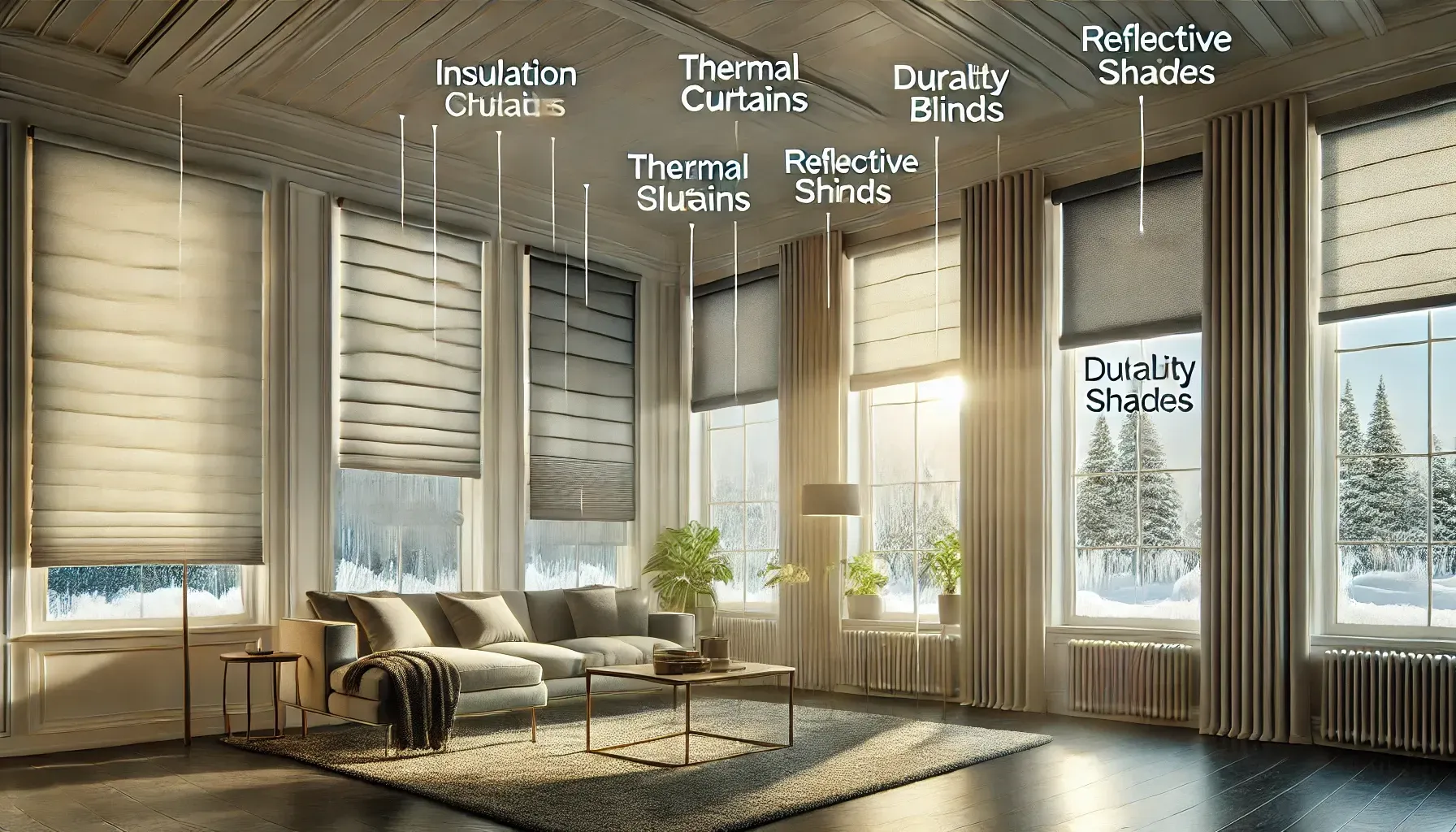
Selecting the right window treatments involves considering the following factors:
- Climate-Specific Needs: Focus on insulation for cold climates and reflectivity for hot climates.
- Energy Efficiency: Prioritize treatments with high R-values and low solar heat gain coefficients (SHGC).
- Durability: Opt for materials that can withstand the rigors of extreme weather.
- Aesthetic Appeal: Ensure the treatments complement your interior design while providing functionality.
- Budget: Consider affordable energy-efficient options that deliver long-term savings.
The Most Effective Window Coverings for Extreme Weather Conditions
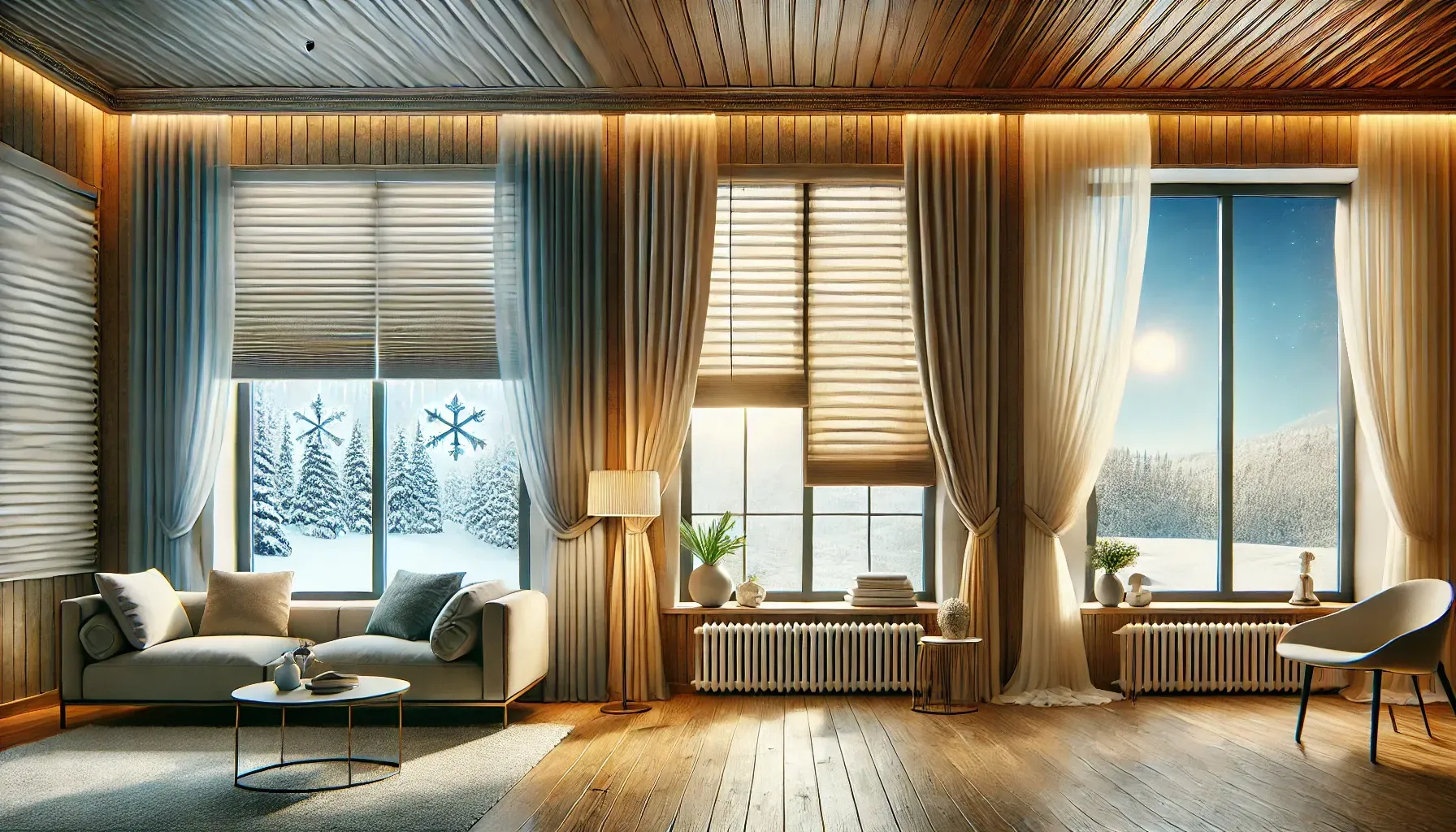
Combining different window treatments can yield superior results. For example, layering cellular shades with thermal curtains can maximize insulation during winter. Similarly, pairing reflective blinds with light-colored drapes can enhance heat reduction in summer. The versatility of these combinations allows homeowners to tailor their solutions to specific weather challenges.
Conclusion
Extreme climates demand thoughtful window treatment choices that combine functionality with style. From cellular shades to heavy drapes, the best window coverings for extreme weather offer insulation, energy efficiency, and aesthetic appeal. By understanding your specific needs and exploring innovative options, you can create a comfortable, climate-resistant space that stands the test of time.


